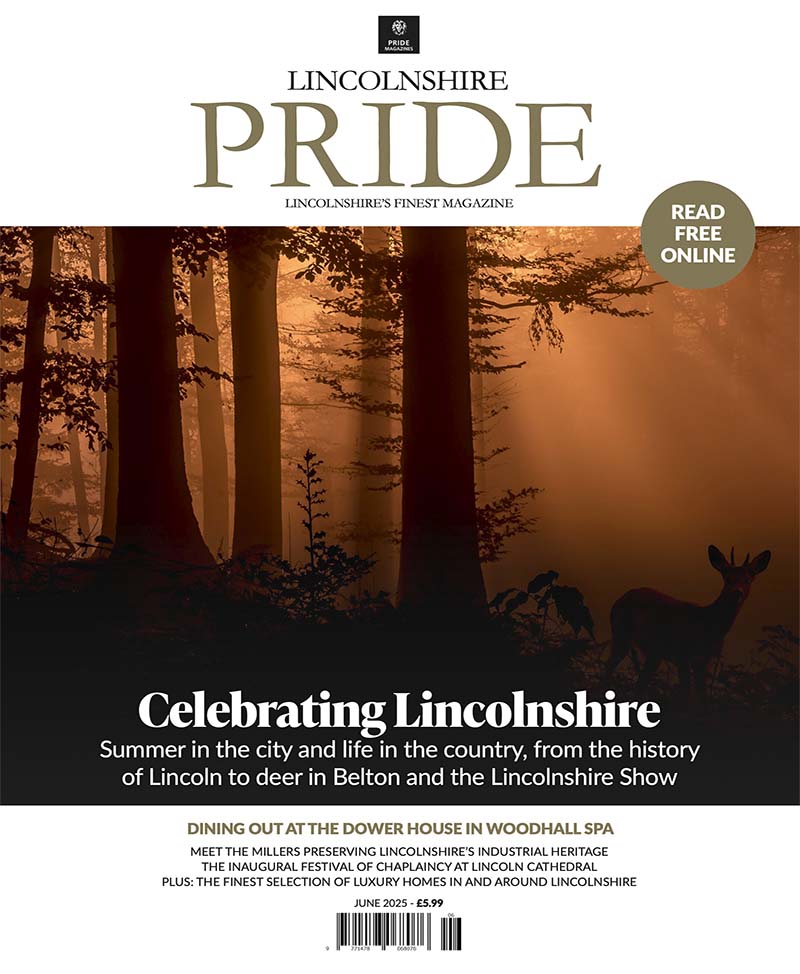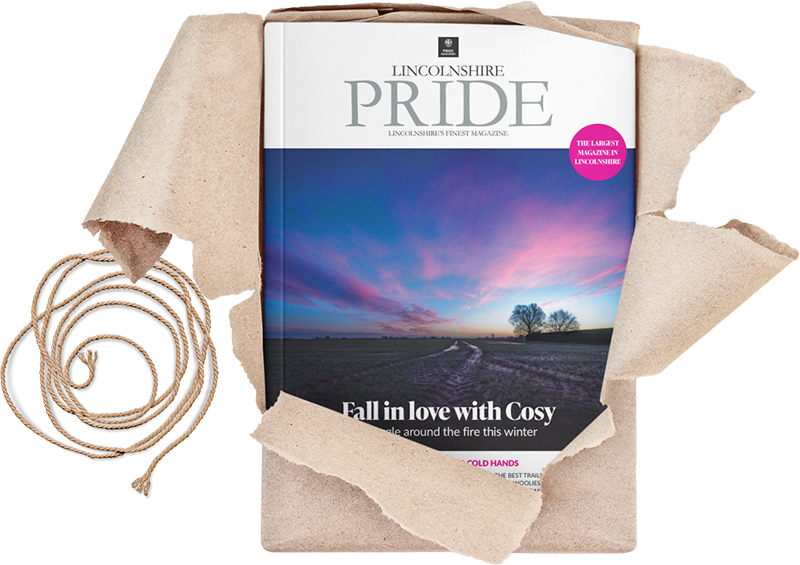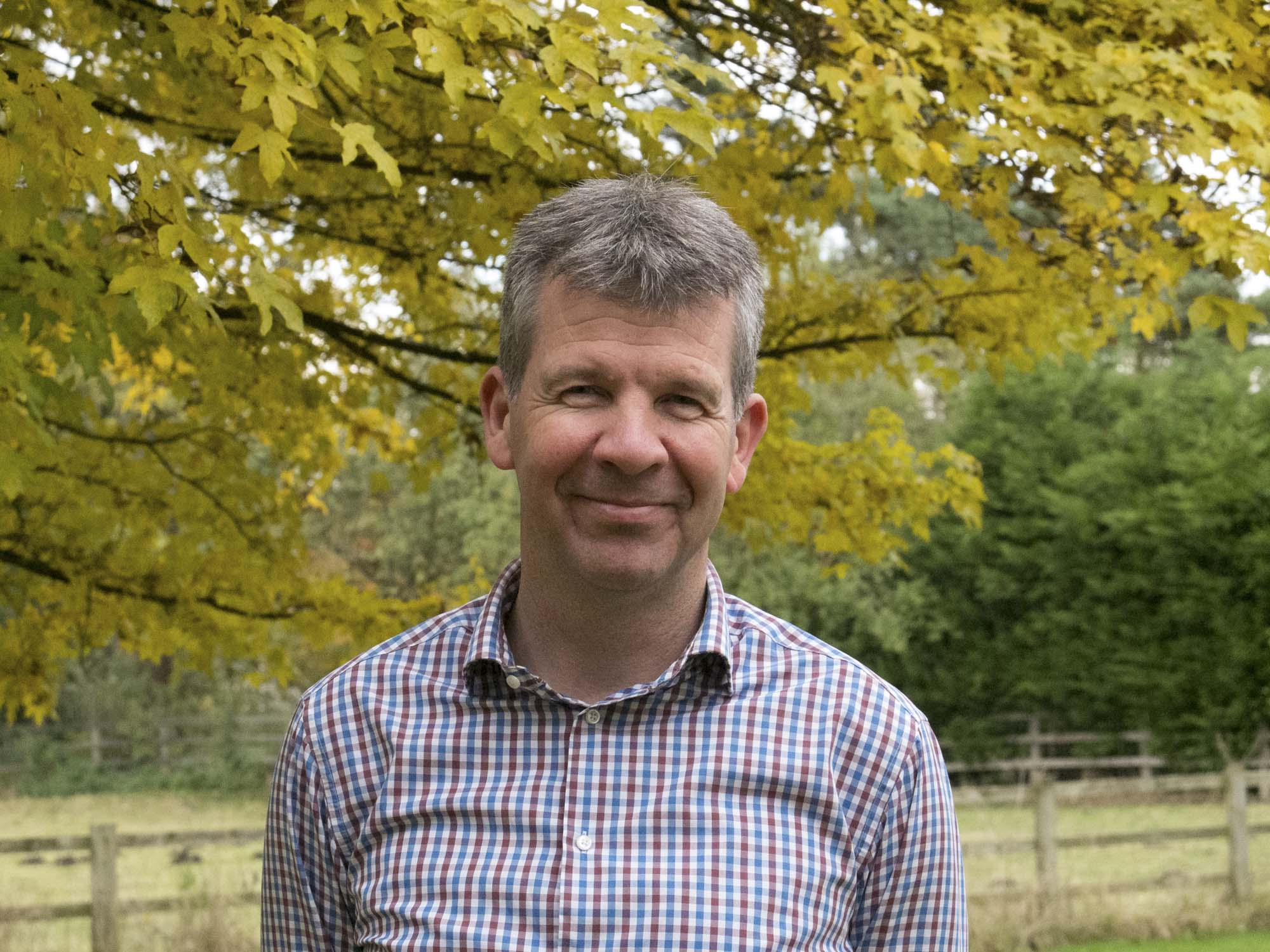
Engaging with Nature
The public is ever more mindful of the immediate and urgent need to ensure we look after our planet for future generations. The climate crisis is on a collision course with local efforts to ensure our natural habitats can be enjoyed by our children and grandchildren. On the frontline of work to preserve our habitats, both now and in the future, is the Lincolnshire Wildlife Trust, and its Chief Executive Paul Learoyd…
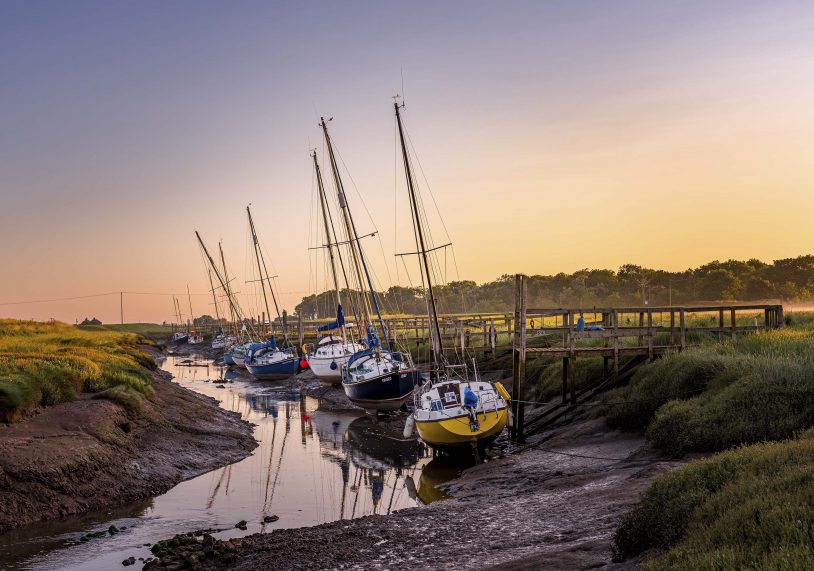
People are more engaged with conservation than ever, how do our local conservation efforts feed into national and international conservation work?
The past year has been immensely difficult for everyone. Our whole lives have been turned upside down and the simple things we once took for granted have had to stop. For me, it has also been one of the busiest and most challenging periods as Chief Executive of the Lincolnshire Wildlife Trust, and we have had some challenging times lately including the coastal flooding in 2013.
However, one thing that I know will stay the same is that nature will need us just as much as ever when all of this is over – the world still faces a climate and ecological crisis. The climate and ecological crises are inextricably linked. Tackling the climate crisis is one of the biggest challenges that humankind has faced. If we tackle the ecological crisis and let nature recover, we will go a long way towards helping to tackle the climate crisis at the same time.
That’s why our local Wildlife Trusts are all determined to play their part, in every bit of the UK – including here in Lincolnshire – to aid nature’s recovery. The pandemic has also emphasised something that we have believed for a long time. The role wildlife plays in our lives has shone through and been a great solace to many. Nature is good for our health and wellbeing and this needs to be recognised as part of our modern, normally fast-paced way of life.
Lincolnshire was the third of 46 similar trusts to establish themselves across the UK, to what extent to you work alongside other trusts?
Each Wildlife Trust is a separate charity but we work closely from sharing ideas and experiences to working together on large scale projects and campaigns. This ranges from working with our neighbours at the Yorkshire Wildlife Trust on projects to enhance the wildlife of the Humber Estuary to joining a nationally coordinated campaign against the use of neonicotinoid pesticides.
Our current ambitions for the UK come under the heading ‘30 by 30.’ Our natural world is in trouble and all of the Wildlife Trusts are calling for at least 30% of our land and sea to be connected and protected for nature’s recovery by 2030.
The next ten years must be a time of renewal, of rewilding our lives, of green recovery. We all need nature more than ever and when we succeed in reaching ‘30 by 30’ we’ll have wilder landscapes that store carbon and provide on-your-doorstep nature for people too.
What does the LWT do in terms of campaigns, events and in maintaining reserves? How important is that work?
Ongoing care and management of the nature reserves is essential – these special places need management to ensure that their wildlife continues to thrive. Ordinarily we have teams of volunteers that work alongside our wardens but with Covid restrictions we’ve had to put all our voluntary activities on hold.
Usually we run a full programme of events with guided walk on nature reserves and activities for children. Our network of Area Groups organises talks, walks, fundraising and other events. And for children we have Wildlife Watch groups around the county that meet monthly.
Unfortunately, all our events last year had to be cancelled although we have held a few online talks. Hopefully as restrictions ease we will be able to bring back some small scale events with limited numbers. We are looking at the safest way to do this.
What current projects and activities is the LWT involved in?
We’ve some exciting current project like Love Lincs Plants – a project to preserve Lincolnshire’s botanical heritage and inspire and train future botanists – and Dynamic Dunescape which aims to restore sand dunes in the area.
What opportunities are there for the public to become involved with helping the Trust?
Hopefully we will soon be able to start up volunteering again in the late spring or early summer months, when opportunities to work with us and enjoy taking part in conservation will be advertised on our website. For now, people can support the work of the Trust by joining us as members.
Alternatively, you can set yourself a challenge and raise funds. For example, writer Trevor Millum of Barrow-upon-Humber has set himself a challenge to write a poem a week for 30 weeks, from February to August, to support the ‘30 by 30’ Campaign. Sponsors have already pledged over £1,400 and are receiving a poem by email each week.
Has wildlife thrived in the last year with fewer people out and about?
During the first lockdown in 2020, numbers of visitors to nature reserves reduced. Wildlife didn’t have to adapt to the presence of humans. They responded to the relative peace and quiet by moving into new areas and nesting where they wouldn’t usually nest. For example, skylarks and meadow pipits nest in small hollows lined with grass and leaves on the ground. Instead of being well away from visitors, these nests could have been on the grassy edges of paths.
And those birds which nest in trees and hedges such as yellowhammers and nightingales could be nesting in pathside hedgerows rather than in more secluded locations. One unexpected consequence of lockdown was the appearance of a pair of cranes at Willow Tree Fen nature reserve. The pair successfully reared a chick – the first to be born in Lincolnshire for 400 years.
However, as lockdown was eased, thousands of people headed out to the countryside and to nature reserves. There was a surge in visitor numbers and we’re sad to report, with that came an increase in littering, BBQs and antisocial behaviour.
Across the UK, Wildlife Trusts and others reported a huge increase of damage to reserves and the wildlife that lives there. These included devastating fires across wild areas where portable BBQs have been used; ground-nesting birds and rare plants have been disturbed and trampled by people and dogs; wild places have been used as outdoor toilets, and for vandalism and littering.
Some local Wildlife Trusts are describing antisocial behaviour on site, including abuse directed towards their staff as the worst they have ever known.
What effect will post-lockdown footfall have on overall visitor numbers?
Visitor numbers on our larger nature reserves such as Whisby Nature Park have remained high throughout this more recent lockdown. However, there is still a concern that numbers could rise again, especially as the lifting of restrictions is likely to coincide with warmer weather.
What can we all do to ensure we enjoy the county’s wildlife responsibly?
As a Trust we’ve always worked really hard to maintain the balance between ensuring people can enjoy our sites, whilst preserving them for the plants and animals which live there. We ask everyone to help us by avoiding creating BBQs or fires; by taking litter home; keeping dogs on short leads and picking up dog mess where dogs are allowed, and parking considerately and so avoiding trampling on sensitive wildflower meadows.
Finally, do smile at our staff and volunteers – we’re here to help you enjoy your visit and we’re there working hard to preserve our wonderful county for future generations!
Join the trust and help to look after the county…
Join a community of like-minded people striving to protect Lincolnshire’s wildlife and wild places.
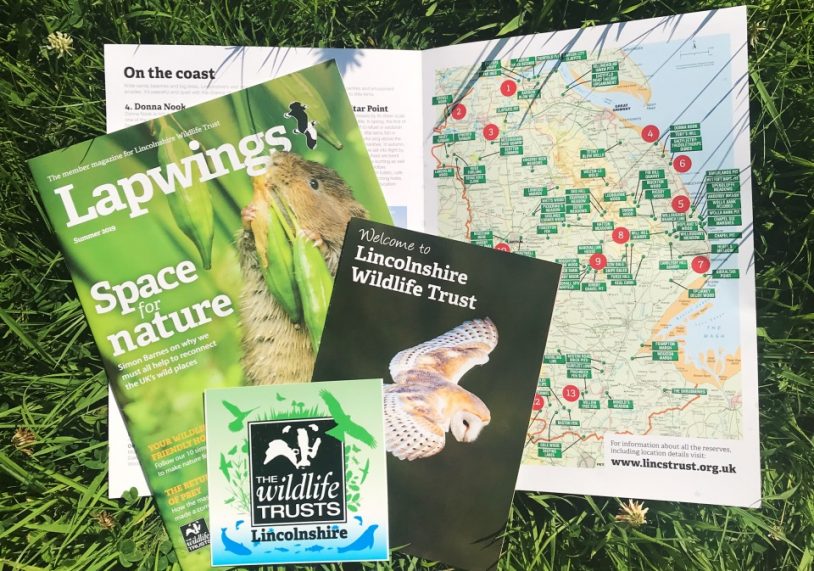
“The Trust has worked for over 70 years protecting wildlife and wild places, and educating, influencing and empowering people,” says Paul Learoyd. “Lincolnshire’s nature is facing unimaginable pressure from habitat loss, development and climate change.”
“By becoming a member you’ll be supporting our work protecting Lincolnshire’s wild places for people, for wildlife and for the future.”
“As a member of Lincolnshire Wildlife Trust you’ll receive our 50 page membership magazine Lapwings three times a year full of wildlife news, events and ways to get involved, plus family members also receive our children’s magazine Wildlife Watch, four times a year.”
“You’ll also receive a car sticker, a welcome letter and a map of all our nature reserves – perfect to help find your next wild adventure.”
“We’ll also send you an yearly update so you can see how your membership has helped to support nature’s recovery in Lincolnshire.”
For Lincolnshire Wildlife Trust membership enquiries, call 01507 526667 or email [email protected].


